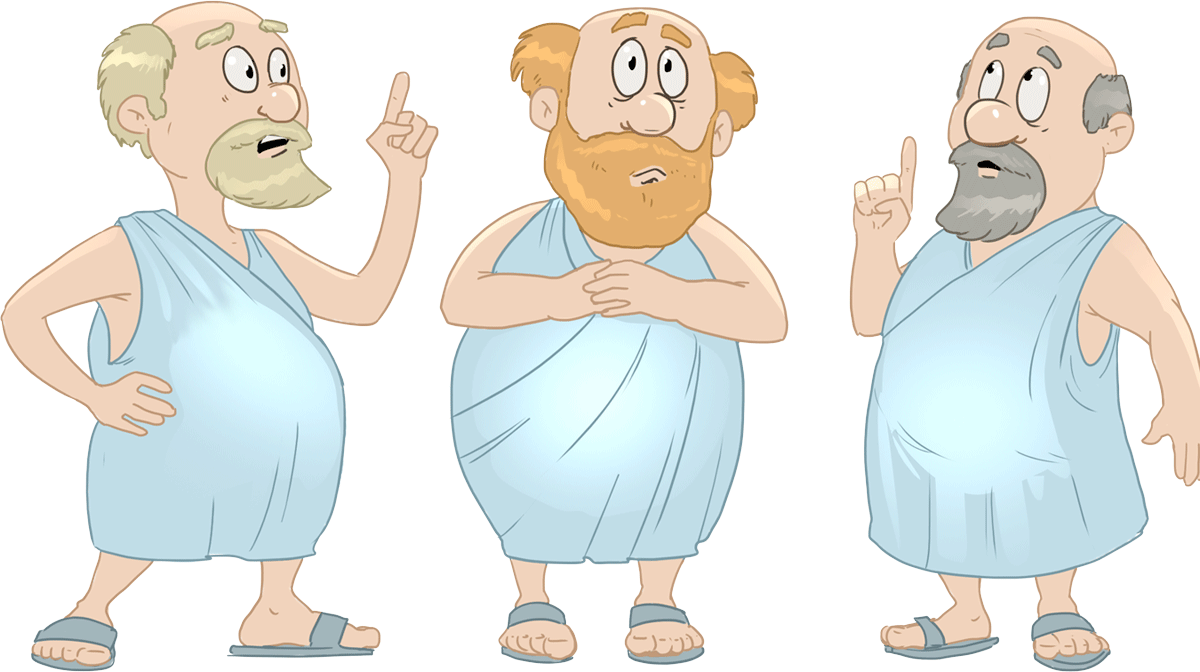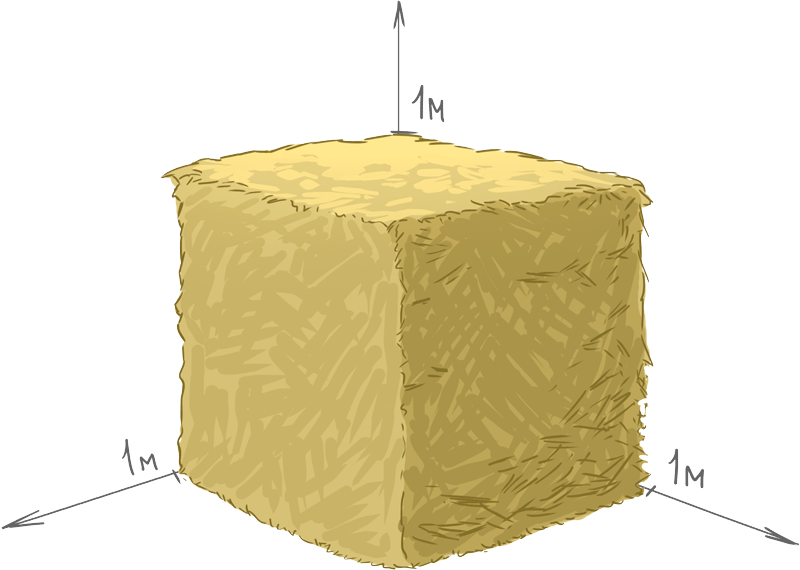Philosophy of language
"Language – thought – culture"
"Language – thought – culture"
Philosophy in general explores questions concerning the nature of the world and people, and the philosophy of language explores the general nature of language and its relation to the world and the human mind, which perceives and describes reality through language. In other words, the philosophy of language considers the relationship between language, thought and reality.
Even in ancient times people questioned how much the relationship between the form of a word (for example, dog) and the thing indicated by that word (object: dog) is conventional, that is arbitrarily established by people and how much it is natural, that is intrinsic and inseparable. The languages of the world differ in how they label the elements of reality (English: dog, French: chien, German: Hund, Polish: pies etc) which is an argument in favor of the conventionality of language (see Semantics).

The word Dog is a common noun, in distinction to the word Antarctica (a proper noun). Instead of referring to a single object (a specific continent), it means (or denotes) an entire group, species or category of objects, that is all dogs which have existed, do exist, will exist or could exist.
Philosophers have always been interested in the question of whether a category (species, group) as a kind of whole is something that really exists independently of human perception or whether only individual objects are real and categories, groups (that is universals) are a creation of the human mind or contained only in language.
Independently of which concept of meaning is accepted and what type of realness is ascribed to categories, it must be recognized that many words do not have precise meanings, that is the categories they correspond to do not have defined boundaries. Of course words like large have relative meanings depending on the characteristics of the objects they refer to (a large dog versus a large ant). But even when a particular object is referred to the meaning is not exact. It is not clear what the minimum height of a dog should be before it can be said to be large. This same problem arises with many nouns, as it is not clear how many blades of straw (of what length) should be in a haystack, in order to refer to it as a stack. This is an important question because it concerns the reliability of language and the possibility of making true statements about the world through it. In other words, are the following statements true?

That dog (65 centimeters tall) is large.

That object (1 cubic meter containing only straw) is a haystack.
The languages of the world differ between themselves not only in the sound and method of writing (for example the English dog, Polish pies, French chien etc), but also the level of precision of presenting different elements of reality. Examples of this are the different numbers of words describing basic colors (see Semantics), for example in the language of the Dani people of New Guinea there is only mili (referring to all dark and cool colors such as black, green and blue) and mola (warm and light colors like white, red and yellow). On the other hand, Hungarian has two words corresponding to red and Polish for blue.
Words for family members also vary. Often this depends on the sex of the referent as in brother and sister, but in other cultures age differences can be just as important. In Indonesian kakak refers to an older sibling and adik refers to a younger sibling regardless of sex. In Indonesia, as in many Asian countries, relative age is important in interpersonal relationships. Hungarian on the other hand distinguishes both age and sex with báty and öcs referring to an older and younger brother respectively while nővér and húg refer to an older and younger sister.
Differences are not only lexical but can also be found affecting parts of grammar such as the tenses of verbs and the gender of nouns. Nouns can be grouped into genders including masculine, feminine and neuter, but there are systems with more or fewer categories and some languages do not have gender classifications at all. The arbitrariness of gender assignment can be seen in the different genders assigned to the same concept. In Polish sun is neuter (słońce), in German it is feminine (die Sonne) while it is masculine in French (le soleil). The genders of countries in Polish can be seen in the following map:
There is a question of whether these differences influence how people understand the world and think about it. The hypothesis that a given language's structure has an influence on the way its users perceive the world is known as linguistic determinism (for example Humboldt, Sapir and Whorf). Research trying to prove or disprove aspects of linguistic determinism have yielded ambiguous results. Critics of the deterministic position ask whether the inability to translate a certain sentence from language X into language Y "word for word" means that it is not possible to express the same thought.
Such a question also applies in specific communication situations. English, for example, requires the speaker to express the definiteness/indefiniteness of some object (a dog versus the dog) while Polish does not. It is possible to say jakiś pies (some dog) or ten pies (that dog), but it is always possible to simply say pies (dog), an option not available to English speakers. The question then is must the speaker of English while thinking of an object explicitly think of it as definite or indefinite?
A milder version of the Sapir-Whorf hypothesis – known as linguistic relativity – holds that languages have different grammatical and semantic categories at their disposal, and in this way they influence thought. Overall, there is a mutual influence: languages reflect the culture, physical and social environment of a language community, its experience and system of values. Different languages present different pictures of the world contained in their grammatical structures, vocabulary (concerning such realia as the names of plants and animals in a given region) and in phraseology (as in proverbs). As children learn their first language they learn about the world through these categories.